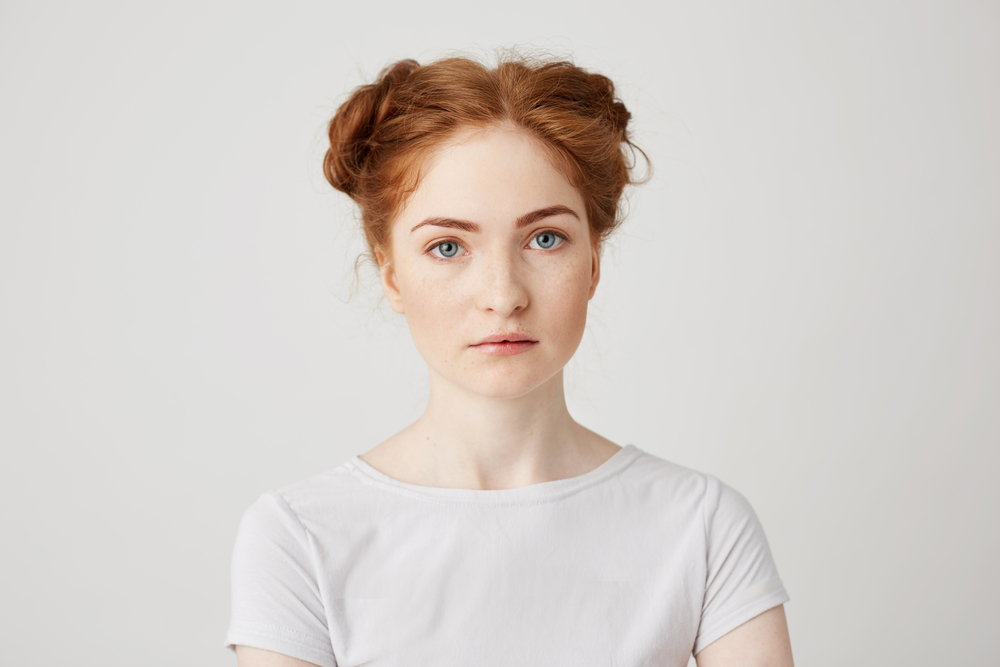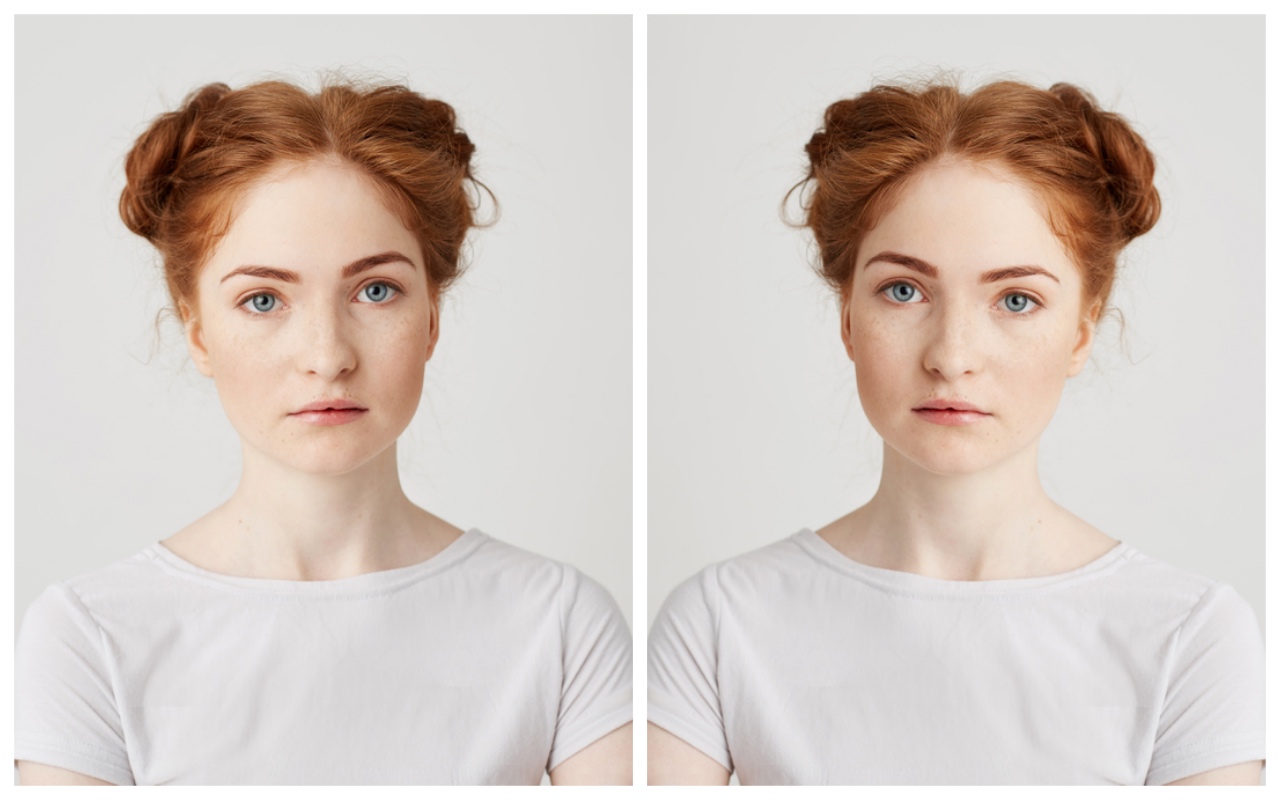“A photograph that you take of yourself, usually with a mobile phone. Selfies are often published using social media.”
That is how the Cambridge English Dictionary defines a selfie.
We have all seen them and most probably we have tried to take (at least) one. But why is there always a difference between a selfie and a mirror image given the fact they are both so similar?
Let’s talk physics for a while.

Usually, the way you see your face is in a mirror. We’re used to that image, but the psychology of perception is a little more complicated than that.
Some photo apps and front cameras automatically flip the image and therefore our freckle goes on the right of the lip, instead of on the left side. So does our fringe, our dimple and our thinner eyebrow.
This could be very disorientating, and so is the fact that our faces are not symmetrical. In fact, when you see an original image and a flipped version right next to it, the differences can be disturbing.

Another key point is different camera lenses, which can change the way a person looks in a picture – they can make the object look thinner, fuller, shorter and/or wider.
The good news is that literally everyone’s face is asymmetrical, so no – it’s not just you J Plus, you can decide on your own whether to post that selfie on Instagram or to just send it to your bestie as a souvenir.